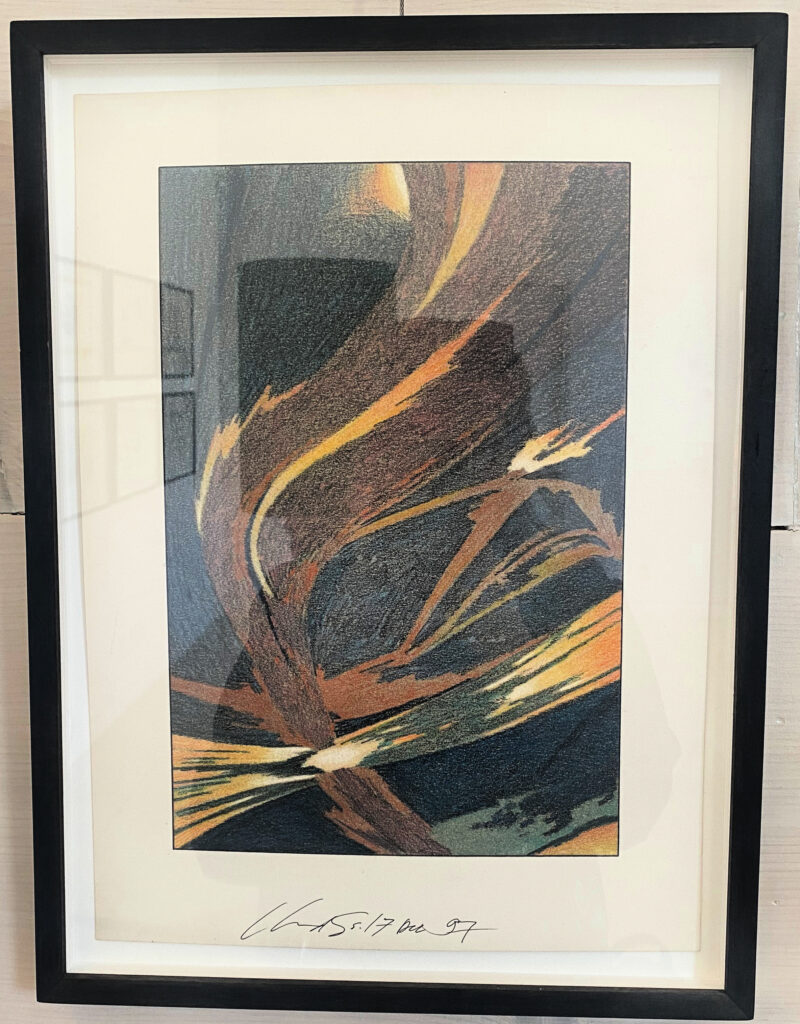
Lebbeus Woods drawings, “Ecologies” at Friedman Benda Gallery in Los Angeles
For any student of architecture, Lebbeus Woods (1940-2012) is an absolute icon. One of the most visionary architects of the late 20th/early 21st centuries, he was incredibly prolific as a theorist, an educator/ professor, a talented artist and architect. His incredible drawings portrayed a futuristic vision of what architecture ‘could be’. Incredibly, he never attended architecture school and was actually never licensed to practice. His intricately detailed drawings and designs depicted and explored new types of space.

His work often consisted of re-imagining cities, buildings and whole landscapes. And his re-imaginations were often in the realm of science fiction, in a completely new order. He even annotated his drawings in a strange language, part Latin, part gibberish. The way in which he re-organized spaces offered up something radically different than what was there before.

Lebbeus Woods, “Ecologies” at Friedman Benda Gallery in Los Angeles
Indeed, this is what was so exciting about the recent exhibition called, “Lebbeus Woods, Ecologies, 1984-1990” at the Friedman Benda gallery in Los Angeles. The show focused on three building projects Woods created between 1984-1990. The drawings are fascinating and offer students, architects and thinkers anywhere a wealth of inspiration and imagination.

The three projects on view included Epicyclarium (1984-5); Solohouse (1988-89); and Aliens (1990). He shows off his mastery of drawing techniques, using “narrative, romantic, axiometric, schematic or completely abstract visuals”.

Solohouse
In Solohouse, this is as close as Woods came to a realized building. It was intended to be a house for one person, an “atom” of architecture. It was to be a “living laboratory”, which could be potentially replicated into a town or a city.

Epicyclarium
Woods described the project “Epicyclarium” as the “cure for a fever” to build a “new unity of form, idea and experience.” Consequently, Woods wrote, “it is not meant to be a style of architecture per se, but in an evolution of consciousness, a co-ordination of hand and eye and mind with elemental forces acting in the world.” The project is divided into the Lower Chamber, the Upper Chamber and the sub-chamber.

Aliens
While he was in residence at the Chateau Marmont (just around the corner from the gallery where the work was displayed), he was working as a ‘conceptual architect’ for Twentieth Century Fox Film Corporation. This is when he created Aliens, the story of a religious colony that left earth to live in outer space. The drawings show the fantasy world of this colony, from their Cathedral to the view from earth.






An obituary on the Architectural Record website dubbed Woods “the last of the great paper architects” and said he “achieved cult-idol status among architects for his post-apocalyptic landscapes of dense lines and plunging perspectives. Deconstructivist in the most literal of ways, they were never formalist exercises. Instead, they conveyed the architect’s deep reservations as to the nature of contemporary society, and particularly its penchant for violence. He eschewed practice, claiming an interest in architectural ideas rather than the quotidian challenges of commercial building.“

Drawing for Woods was a means to explore, to think and to discover the potentiality of architecture. He consistently demonstrated that architecture can and should always be a form of radical reconstruction boldly taking on buildings, cities, worlds, the universe.
If you enjoyed this post, you might also enjoy:
Frank Gehry’s “Experience Music Project” Building in Seattle, Washington (now MoPoP)
A Beautiful Day at the Utah Museum of Fine Arts
Passionate about Paris’ Fondation Louis Vuitton: a ‘Magnificent Vessel’
Perched Above the Desert: The Cree House by Albert Frey
The Vienna Secession Building and Gustav Klimt’s “Beethoven Frieze”




























Leave a Reply